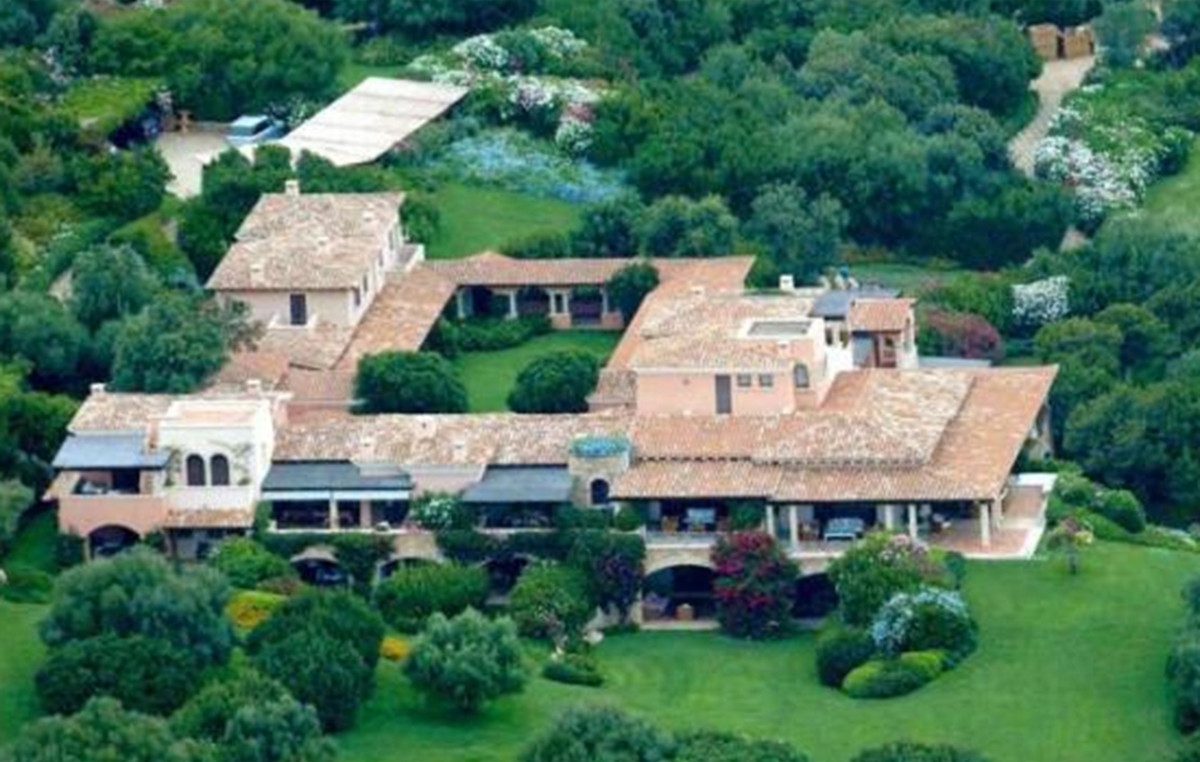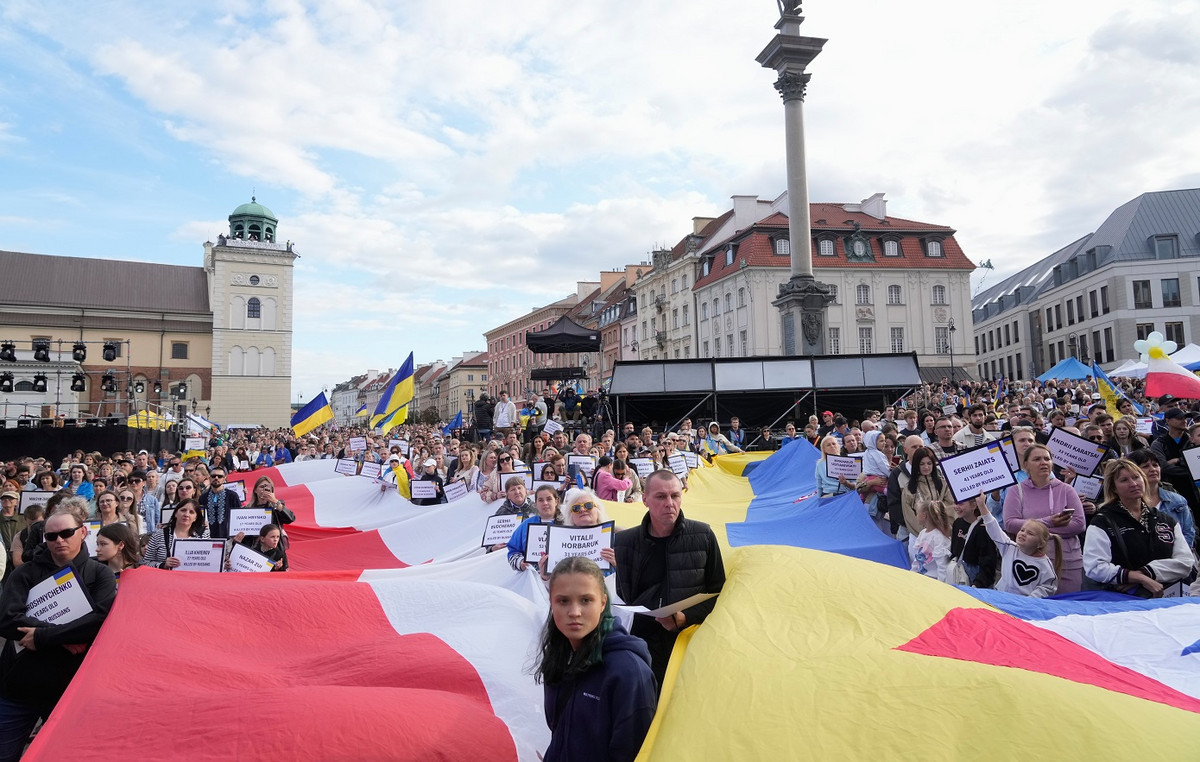Rio Grande do Sul saw a 2.6% drop in energy consumption, a direct impact of the rains, which devastated the region in May. The data are from the Electric Energy Trading Chamber (CCEE), the CNN had early access.
Electricity consumption in Brazil registered an 8% growth in May 2024, totaling 70,207 average megawatts.
This increase was mainly driven by the regulated market, represented by large consumers, which showed a growth of 12.3% compared to the same period last year, due to the heat registered in much of the country. In the free contracting environment, where consumers can choose their energy suppliers, the increase was 1.8%.
Among the sectors that contributed most to the increase in consumption are wood, paper and cellulose (7.4%), sanitation (6.5%) and beverages (6%). On the other hand, the textile (-6.5%), chemicals (-4.5%) and vehicles (-2.1%) sectors fell.
Regionally, electricity consumption increased in almost all states, with emphasis on Mato Grosso do Sul (13.3%), Paraná (10.7%), São Paulo (10.3%) and Amazonas (8.9%). Only Rondônia also recorded a drop of 2.6%.
Power generation
In energy generation, hydroelectric plants contributed almost 50 thousand average megawatts, an increase of 2.2% compared to the previous year. Wind farms generated 12,800 average megawatts, a growth of 26%, while solar farms had a significant increase of 50%, reaching more than 3,110 average megawatts.
These numbers highlight the growth of renewable sources in the Brazilian energy matrix and the concern about future climate events.
Source: CNN Brasil
I’m James Harper, a highly experienced and accomplished news writer for World Stock Market. I have been writing in the Politics section of the website for over five years, providing readers with up-to-date and insightful information about current events in politics. My work is widely read and respected by many industry professionals as well as laymen.







